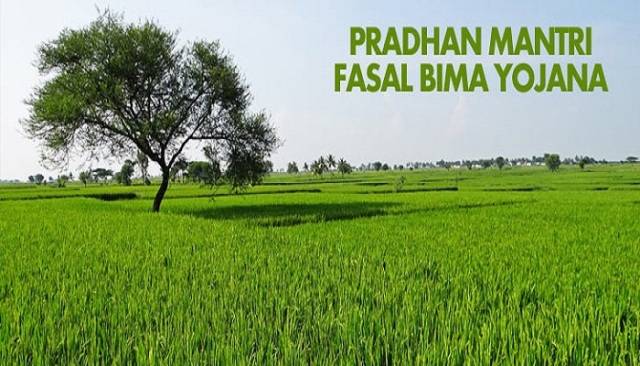
Agriculture in India is facing a lot of challenges and crop failure is one of them. It’s a common story for almost every farmer across India and the government is trying to help them come out of this problem through crop insurance schemes. However, the research found that these crop insurance schemes implemented by the government may not be that effective as it sounds.
A study conducted by Meenakshi Rajeev and Pranav Nagendran, which was published in the Economic and Political Weekly, assesses India’s crop insurance schemes by analyzing data from the 2012-13 Situation Assessment Survey and examines the performance of the Pradhan Mantri Fasal Bima Yojana (PMFBY).
The reach of India’s crop insurance schemes has been modest between 1985 and 2012-13. Only 7% of farm households were insured for one crop in 2012-13, a mere rise of 3% from 2002-03. The major defect of the scheme lies in its design, which leaves out farmers most vulnerable to crop losses.
The major failure is its publicity target where 66% of farm households were not aware of the crop insurance schemes and 21% were not happy with the terms and conditions.
According to the author, the PMFBY has covered only a few of these issues by reducing insurance premiums and expanding the insurance coverage to include more crops and risk factors faced by farmers. In 2016-17, coverage increased to 29% from 23% in 2013-14. However, the scheme remains behind its own target of 50% coverage and, in 2017-18, it decreased to 26%.
Globally, India is facing a major downfall in this arena. Total 69% of gross cropped area is insured in China while in the US, the share is 89%. One of the major defects in accessing PMFBY is that farmers lack documents and land records to avail insurance. Only a few farmers of India have proper documents to avail the scheme. Moreover, compensation is often delayed, inadequate, and even in most cases denied. As droughts, floods are becoming more frequent these days; these issues should be addressed and treated seriously.
















